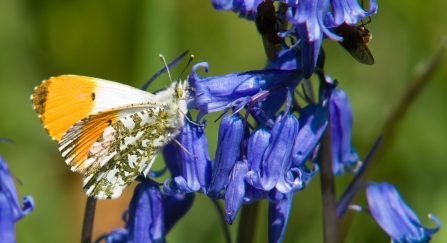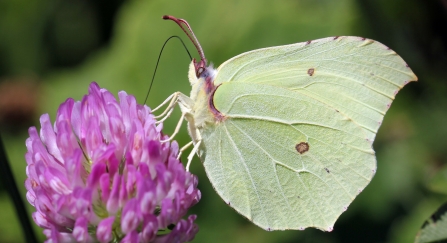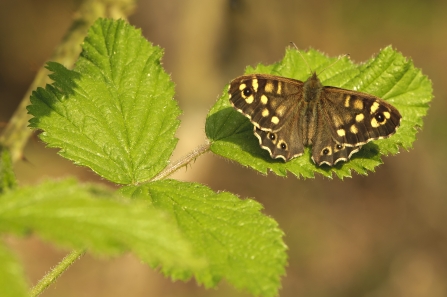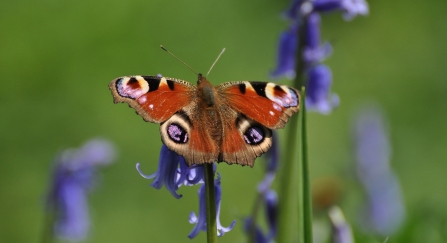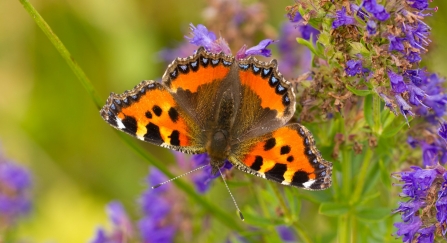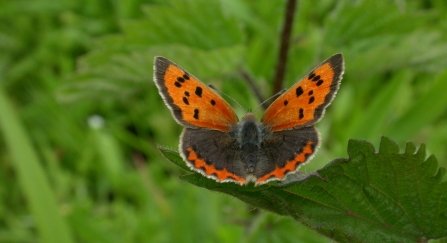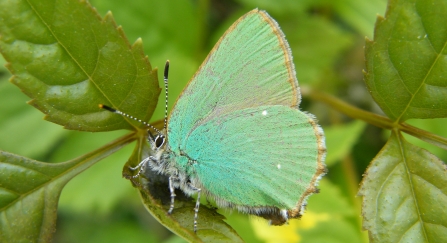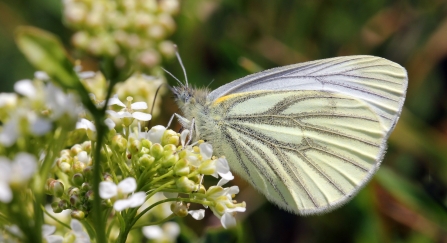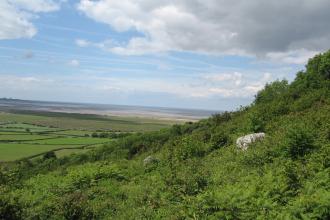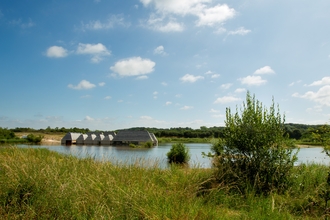While many of the butterfly species found in Lancashire, Manchester and North Merseyside are nice and distinctive, a few can look quite similar. Thankfully, with a keen eye and a little guidance, it won’t be long before you can brush up on your butterfly identification skills and pick out some of these more common beauties.
How many British butterflies are there?
56 species of butterfly call the UK home, and there are three extra species that fly here on migration all the way from overseas! During summer painted ladies arrive from North Africa, the Middle East and Central Asia, clouded yellows from North Africa and Southern Europe, and red admirals from North Africa and continental Europe. In some years these three butterflies choose to holiday in the UK in large numbers, and 2019 has already proven to be quite an impressive year for painted ladies on the Lancashire coast.


